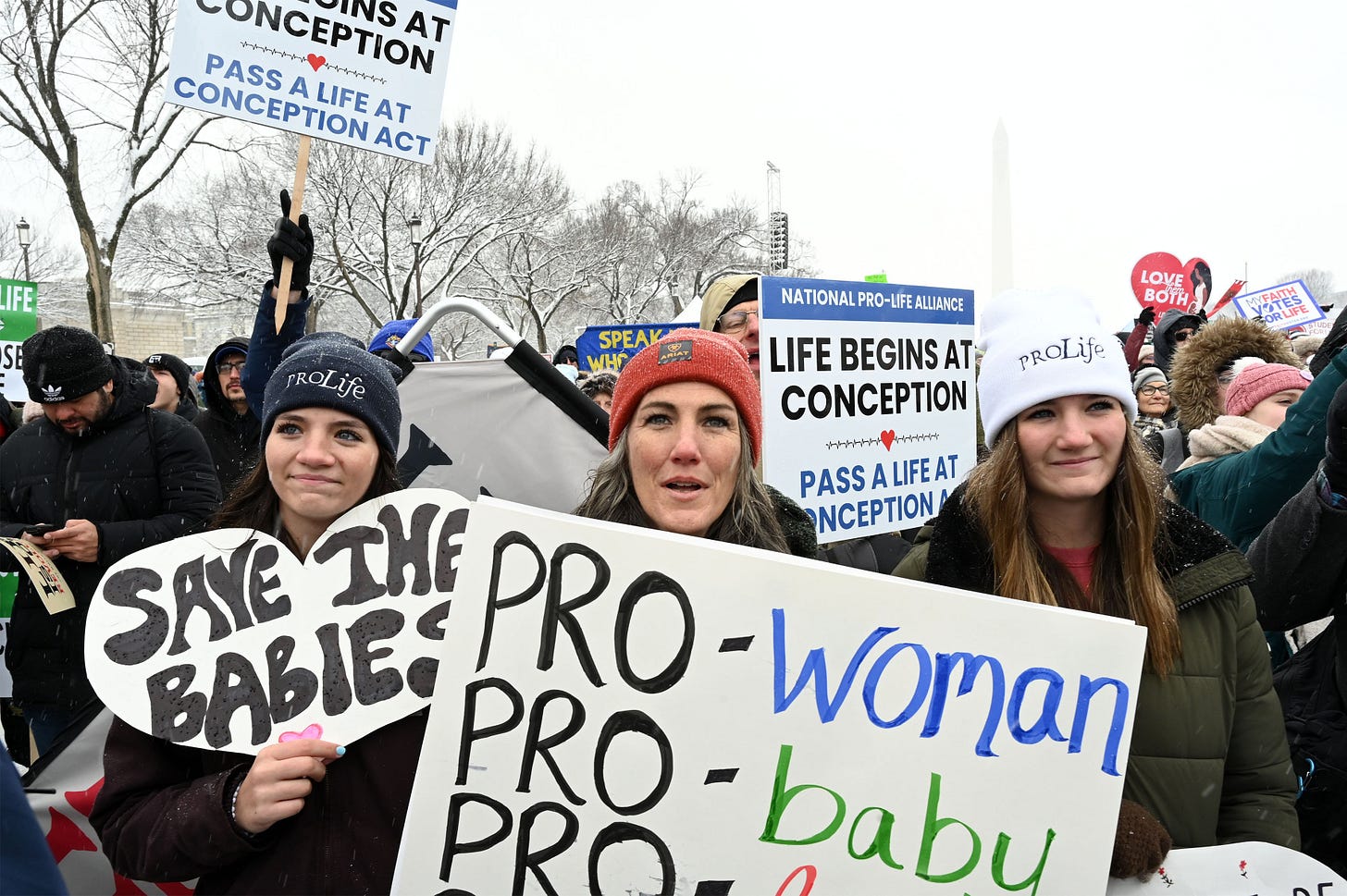What After Roe?
Overturning Roe would not end abortions in America. The reality is far more complicated.
by Rod D. Martin
January 22, 2003
Thirty years after Roe v. Wade, Americans gathered this morning on the National Mall to remember the dead. But this year, they also came to rally the living, because the hope of victory hangs palpably in the air.
The past two years have been good ones for the pro-lifers. George Walker Bush speaks with conviction of creating a “culture of life”, a subtle recognition lacked by many activists that there’s more to eliminating abortion than changing the law. His declaration of a “Sanctity of Human Life Day” each year – on a day when his predecessor annually celebrated a woman’s right to kill her young – is but one small manifestation of this understanding, one among an ever-increasing many.
But Bush has indeed changed the law. In his first month, he re-instituted Ronald Reagan’s “Mexico City Policy” de-funding international abortion providers (to the tune of $425 million). He eliminated federal abortion counseling funding, signed the Born Alive Infants Protect…




